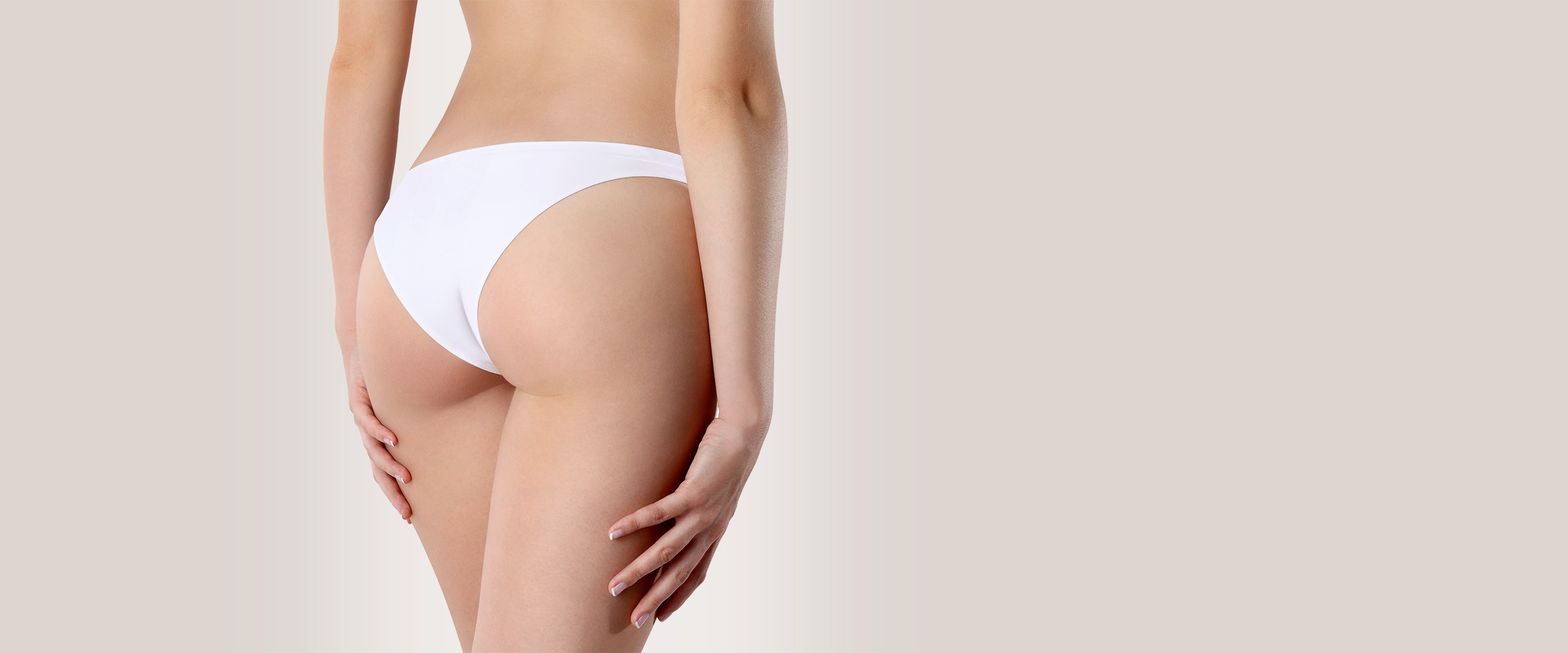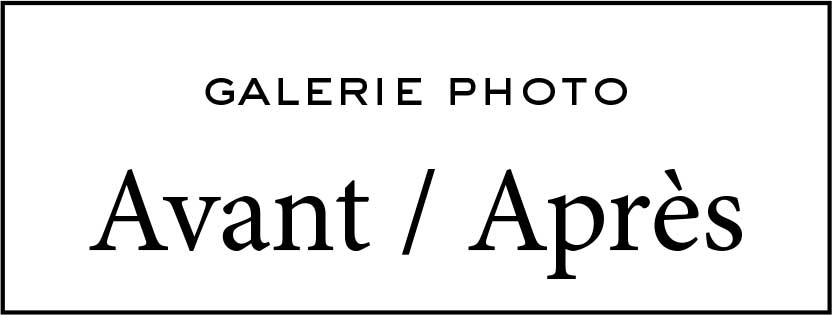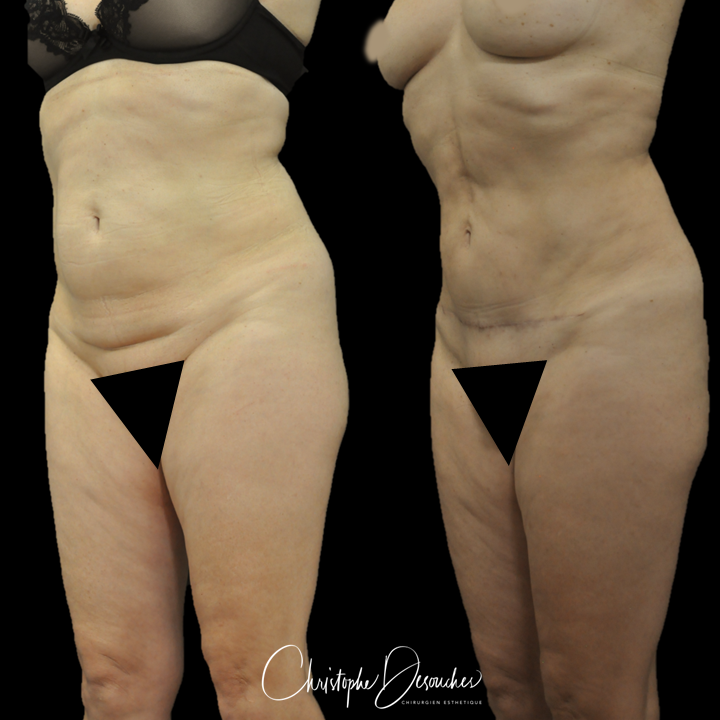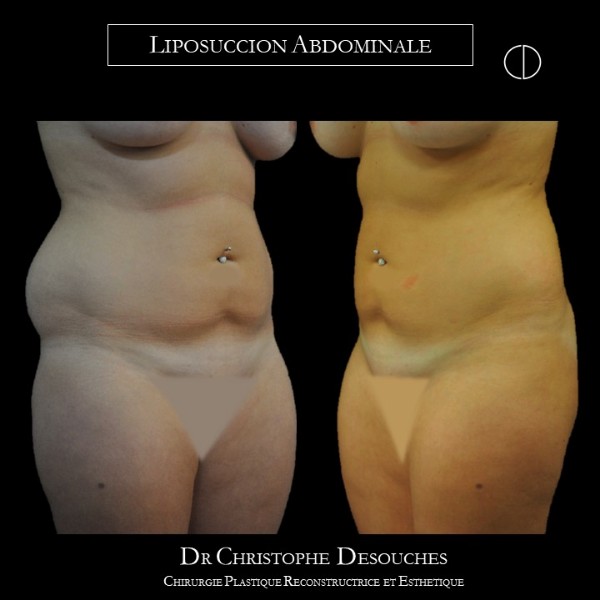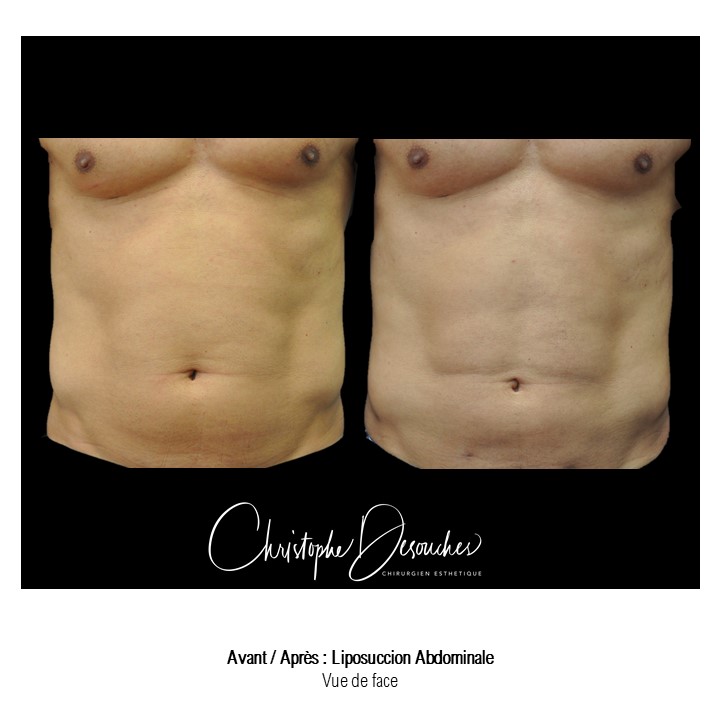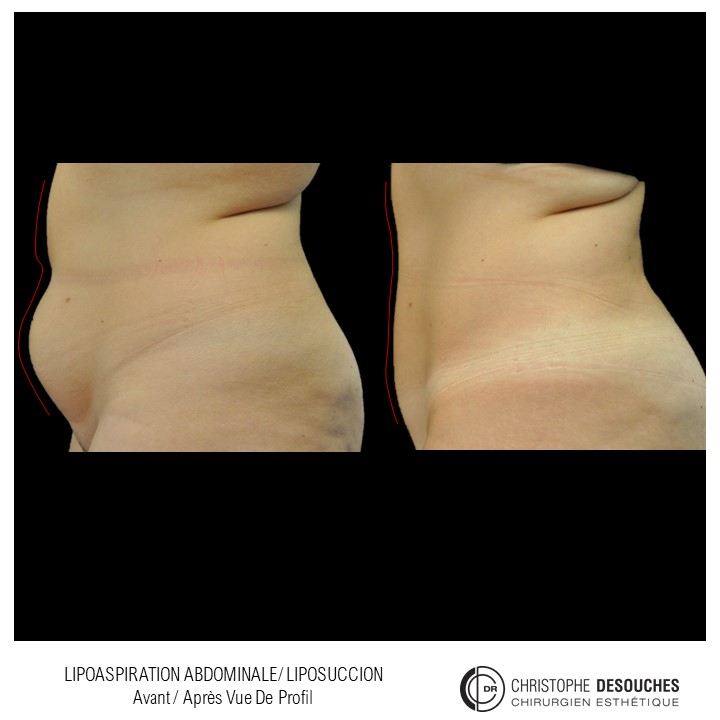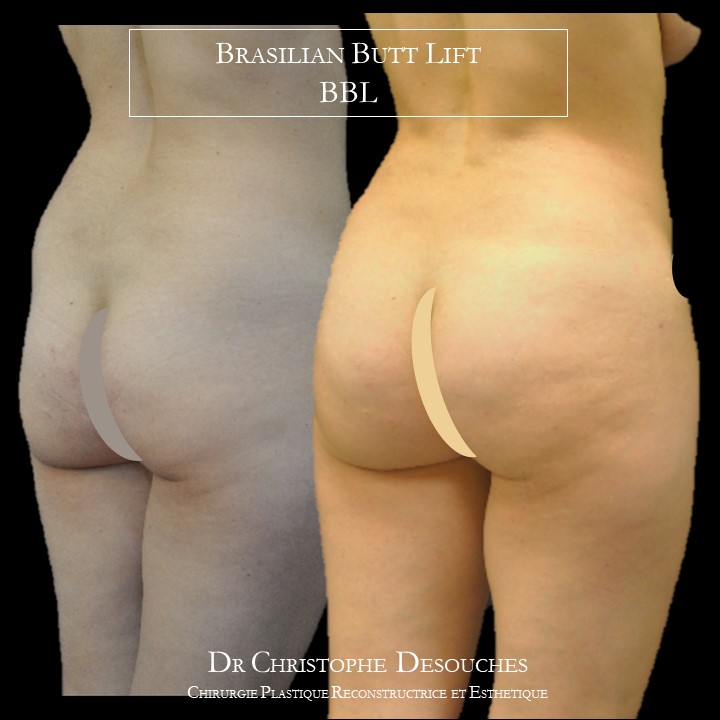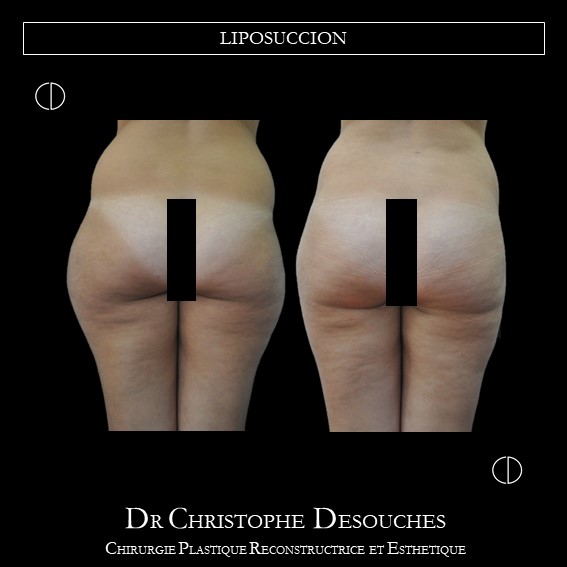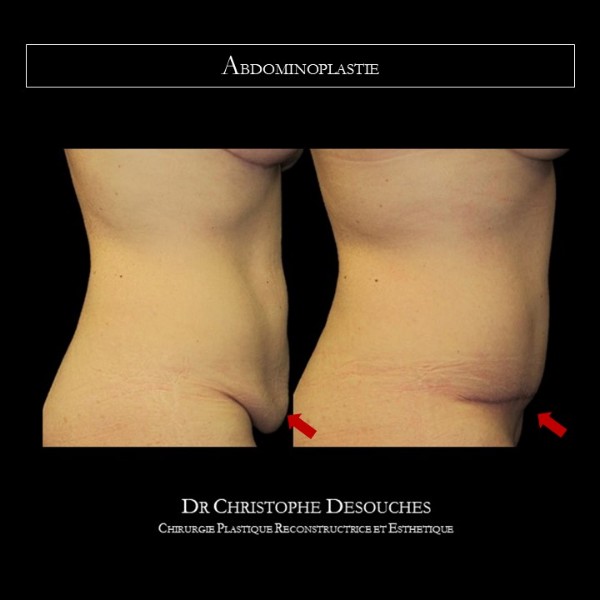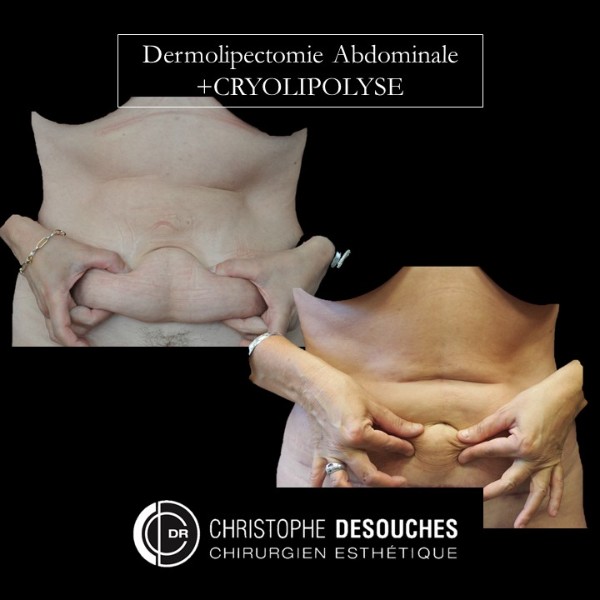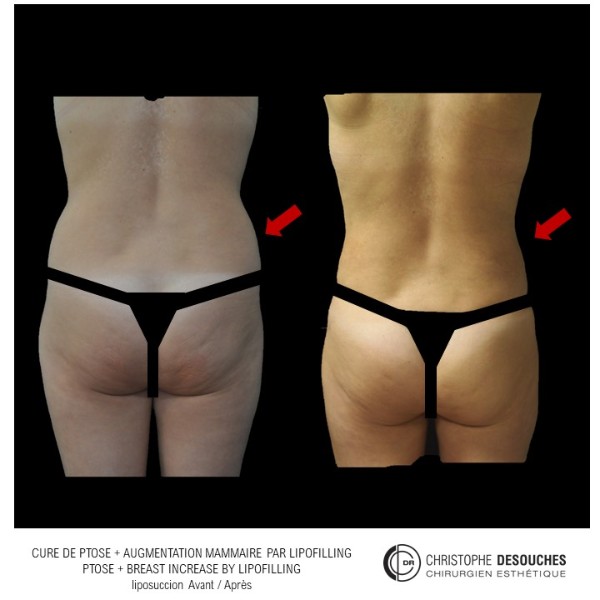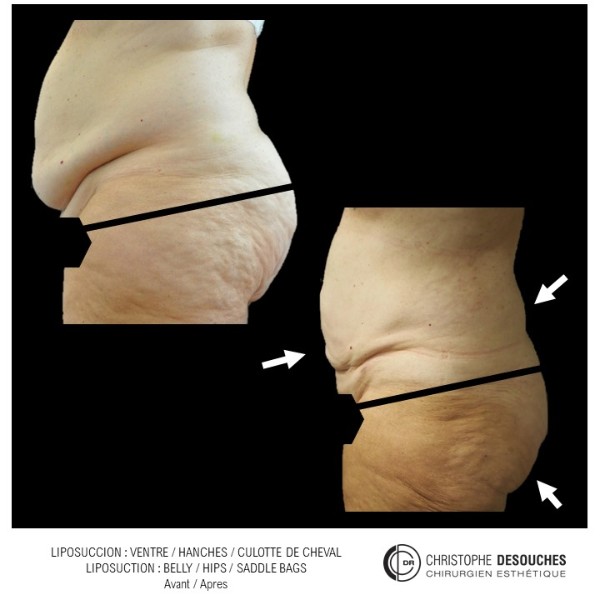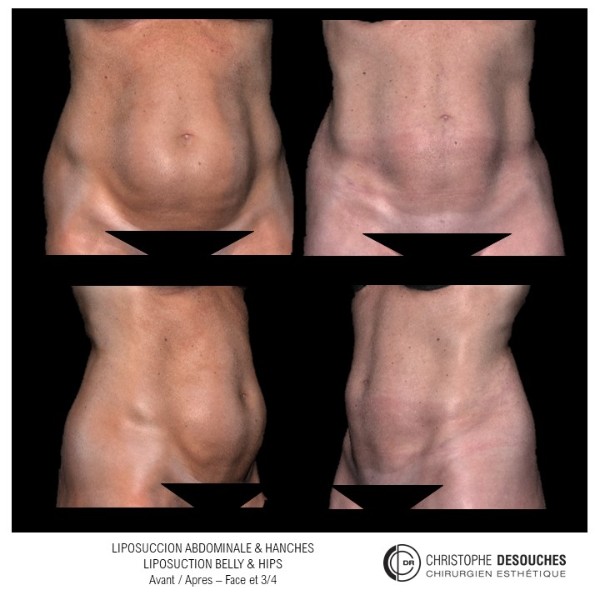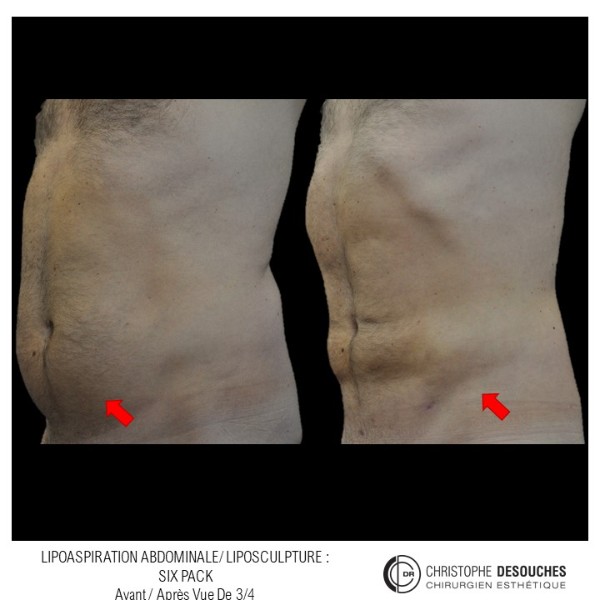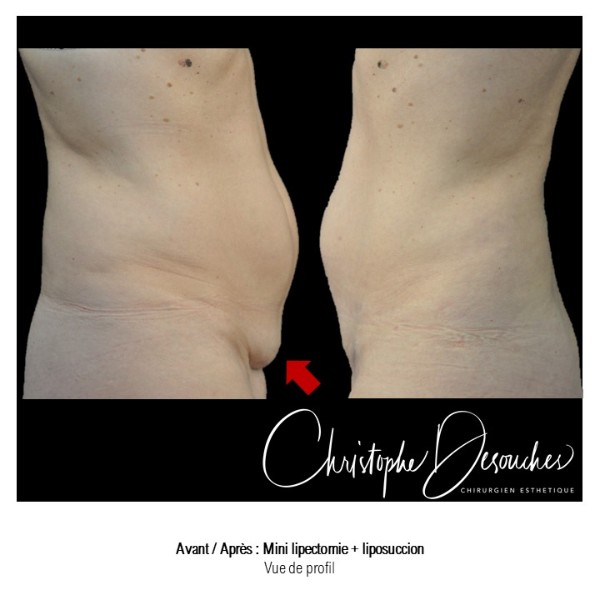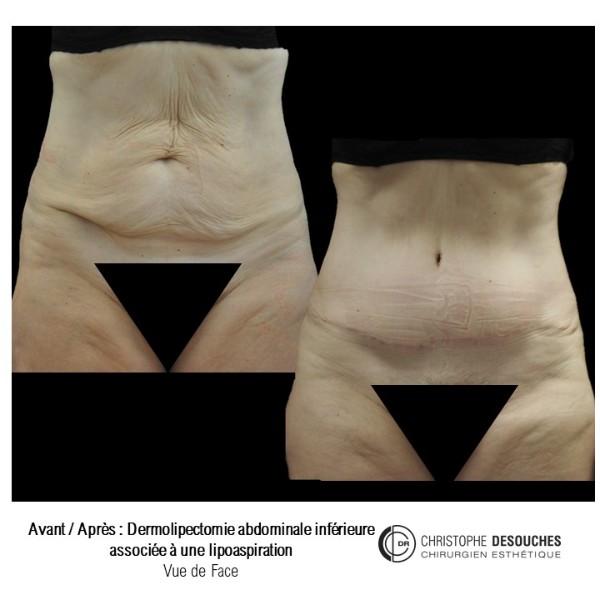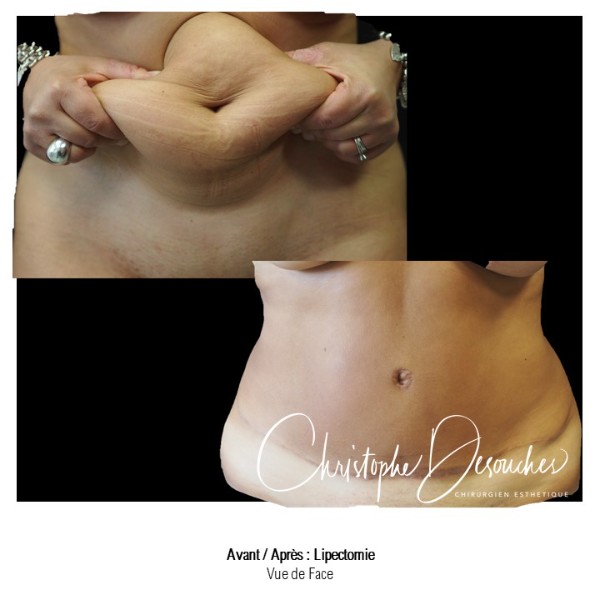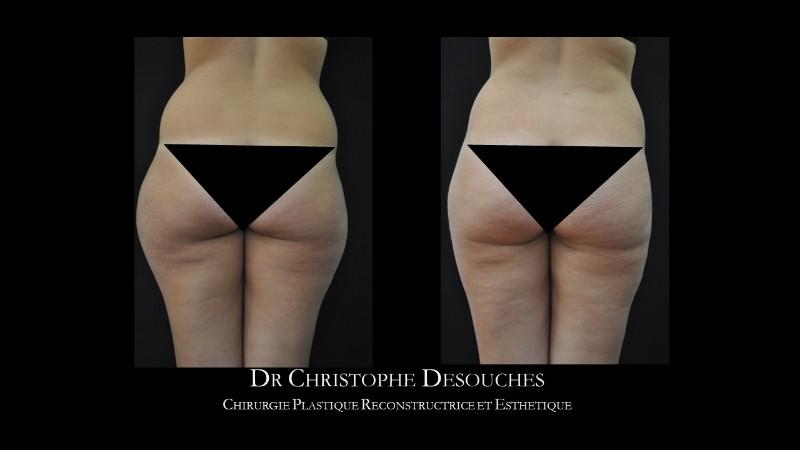
Liposuction is a modern and effective technique for treating fatty deposits located between skin tissue and muscles.
La liposuccion est une intervention réalisée pour éliminer par aspiration l’excès de tissu adipeux sous la peau. Cette technique se focalise principalement sur l’amélioration et la définition de la forme naturelle du corps.
During liposuction, a cannula which is a blunt-tipped steel tube is connected to a suction device to remove fat from the body.
Liposuction is used to treat excess fat in several areas of the body such as the stomach, buttocks, thighs, but also the arms, chest, back, neck, cheeks, chin, calves and ankles.
When Can You Consider Thigh Liposuction?
Liposuction makes it possible to permanently remove localized deposits of fat that do not disappear despite diets or playing sports. It is therefore not just the superficial fat under the skin, which is present all over the body, but above all the fat located in the deeper layer of the skin.
You can therefore consider liposuction when:
• You have localized areas of fat deposits that are unsightly compared to the rest of your body;
• You want better definition of your figure;
• Your skin elasticity is sufficient.
What are the benefits of thigh liposuction?
Patients can expect to obtain a real aesthetic benefit from liposuction of the thighs. It is a safe and effective way to treat excess fat.
The main advantages of liposuction are:
Immediately eliminates fat and allows for more harmonious thighs;
• The silhouette has a more harmonious appearance;
• The technique requires small incisions, which result in small scars;
• The operation can be performed under local anesthesia with sedation, which is less risky than an operation under general anesthesia.
The disadvantages of thigh liposuction
• Results may be affected by weight gain, aging and pregnancy;
• La liposuccion ne permet pas d’améliorer l’apparence de la cellulite ou d’une peau distendue.
If you want to know the best solution in your specific case, a consultation with Dr Christophe Desouches, cosmetic surgeon from Marseille is necessary for a check-up.
Are you a good candidate for thigh liposuction?
Pour certaines personnes, le régime alimentaire et l’exercice ne permettent pas de se débarrasser des amas de graisse tenaces.
Who are the right candidates to consider liposuction:
• Vous n’avez que peu d’excès de peau et une bonne élasticité cutanée. La perte d’élasticité de la peau avec l’âge peut compromettre la qualité des résultats de la liposuccion du ventre, mais si votre peau est restée élastique, l’âge seul n’est pas une contre-indication pour la liposuccion des cuisses ;
• Vous avez des excès de graisse localisés au niveau des cuisses et ces amas ne disparaissent pas avec l’exercice ou un régime ;
• You are in good physical condition, are no more than 10 kg overweight, and your weight is stable;
• Si vous prévoyez de perdre ou de prendre du poids (par exemple, en raison d’une grossesse ou d’un régime), ce n’est pas le bon moment d’envisager une liposuccion du ventre ;
• Gardez à l’esprit que la liposuccion ne supprime pas la cellulite et ne peut retendre une peau relâchée.
If you are in good general health, with a positive attitude and realistic expectations, you are probably a good candidate for this procedure.
Information on the thigh liposuction procedure
How is thigh liposuction performed?
Liposuction removes fat from your body by suction and lasts one to two hours. It can be done under local anesthesia or general anesthesia, with an outpatient clinic stay.
Dr Christophe Desouches will select the most suitable method depending on the amount of fat to be removed:
• Liposuction with the traditional method where a fine cannula with a rounded end is connected to a suction system if the quantity of fat to be treated is large;
• Vibroliposuction or NIL (Nutational Infrasonic Liposculpture) which has a vibrating cannula to allow shorter suites and better results.
• Gentle liposuction with a cannula connected to a syringe if the amount of fat is moderate.
What will the scars of a thigh liposuction look like?
• Because the liposuction incisions are 1 to 2mm, the scars are small and hardly visible, most often hidden in natural folds;
• Most liposuction scars disappear and are barely visible over time. Visible scarring is more common when large cannulas are used and in patients who have dark pigmentation;
• The quality of healing, however, depends on genetic factors and it is possible to observe hypertrophic healing in people predisposed to it;
• The scar may rarely be associated with dyschromia, which is a patch on dark (hyperpigmentation) or light (hypo pigmented) skin.
Although scars from the incisions are in most cases permanent, they fade and improve over time. Dr Christophe Desouches will make every effort to place scars in hidden areas and minimize them, with the aim of achieving the desired result with the most discreet scars possible.
What are the consequences of the thigh liposuction procedure?
Le Dr Christophe Desouches étudiera avec vous le temps nécessaire avant de pouvoir revenir à votre niveau normal d’activité sportive et sociale.
After surgery, you will receive detailed instructions on your postoperative care, as well as information on:
• The normal symptoms you will experience;
• Signs of possible complications.
Immediately after thigh liposuction.
You wear special compression garments to keep your skin compressed. They usually have to be worn for 6 weeks.
Lorsque l’anesthésie se dissipe, vous pouvez ressentir une certaine douleur. Si la douleur est importante ou si elle tarde à se dissiper, parlez-en avec l’équipe médicale qui vous prend en charge et des antalgiques puissants pourront vous être administrés pendant l’hospitalisation. Vous constaterez également une rougeur et un gonflement après la chirurgie. Dans certains cas, l’œdème persistera quelques semaines, voire un à deux mois. Le Dr Desouches, chirurgien esthétique à Marseille, vous dira si votre douleur, votre rougeur ou vos gonflements sont normaux ou un si c’est le signe d’une complication.
Recovery time after thigh liposuction.
It is extremely important that you follow all of the care instructions given to you exactly. This will include advice on wearing compression garments, taking antibiotics, and the level of physical activity allowed. Dr Christophe Desouches, your Marseille cosmetic surgeon, will also provide you with detailed instructions on the normal symptoms you will experience and the signs of a possible complication. It is important to know that recovery time varies greatly from person to person.
What are the limits and risks of a thigh liposuction?
Complications from liposuction surgery are rare. Your specific risks will be assessed during your consultation with Dr Christophe Desouches.
All surgical procedures carry some degree of risk.
Some potential complications to all surgeries are:
• Réaction indésirable à l’anesthésie ;
• Hematoma or seroma (accumulation of blood or fluid under the skin);
• Infection and bleeding;
• Sensitivity disorders;
• Hypertrophic or hyperpigmented scars;
• Allergic reactions;
• Unsatisfactory results which may require additional interventions;
• Blood clots in the legs or lungs (phlebitis or pulmonary embolism).
D’autres risques spécifiques à la liposuccion sont décrits ci-dessous :
• asymmetry;
• Skin irregularities.
You can reduce some risks by following the advice and instructions of Dr Christophe Desouches, surgeon in Marseille, both before and after your thigh liposuction.

